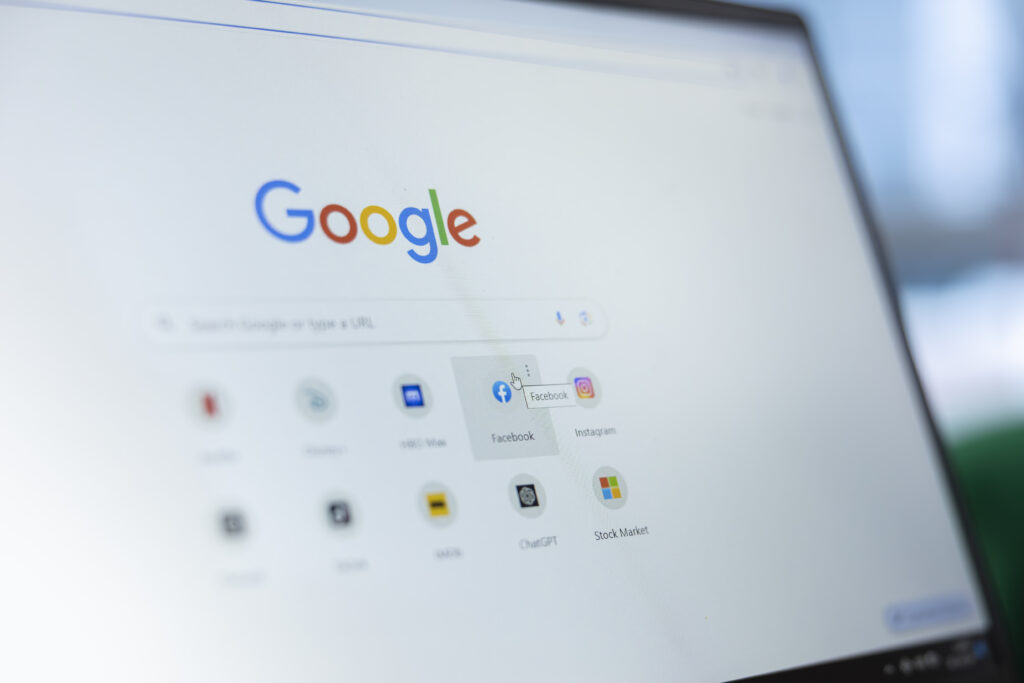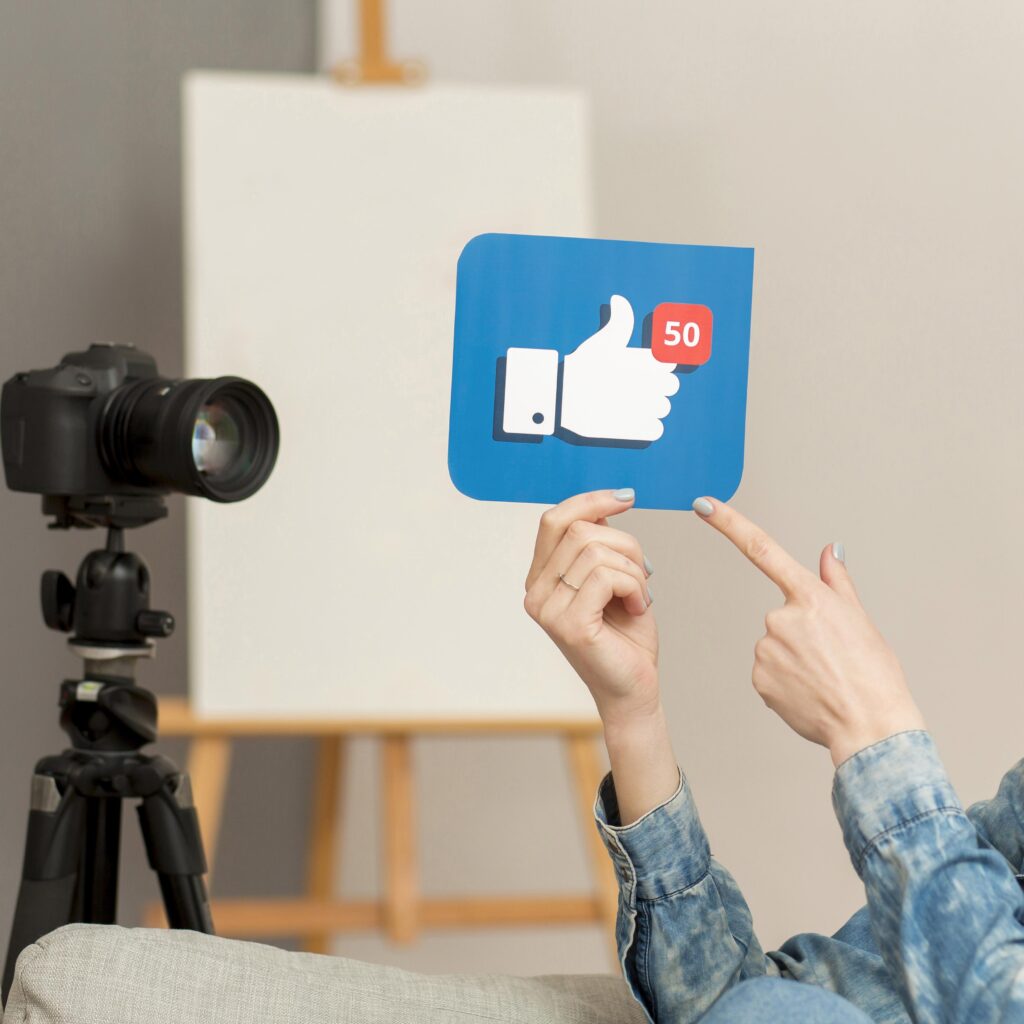Author of this article:Fiona
Under the wave of globalization,Cross-borderE-commerce and overseas companies are increasingly dependent on digital advertising. Whether it is an independent site seller or a cross-border B2B service provider, advertising is the core means to obtain customers, increase exposure, and build brand awareness. In many advertising channels,Google Ads, Facebook Ads and TikTok Ads It has become the “big three” of overseas advertising. However, the audience attributes, algorithm logic, and delivery methods of different platforms vary greatly. If companies blindly "allocate their budgets equally”, they will often appear. Poor ROI and low customer retention rate and other issues.
This article will systematically compare the advantages and disadvantages of the three major platforms, combine the latest trends in 2025, help overseas companies choose advertising channels scientifically, and give practical ideas for optimizing delivery and conversion.
- Foreword
- 1. Comparison of the core capabilities of the three major overseas advertising platforms: from coverage logic to applicable boundaries
- 2. Conversion and retention assistant after advertising
- 3. How to choose advertising channels?
- 4. Summary: Choose the most suitable advertising platform for you
Foreword
For overseas companies,,Ad deliveryIt is no longer an optional action of "icing on the cake”, but a necessary option to open the door to new markets: on the one hand, natural traffic gameplay such as SEO and social media content operation often takes 3-6 months to show results, but advertising can quickly bring exposure and accurate traffic within a few hours, solving the ”cold start" stage.On the other hand, most Chinese overseas companies are “new faces” in the target market, and advertising has become a core tool to quickly break the brand awareness gap and achieve “ice-breaking”; In addition, the current situation is that most Chinese overseas companies are "new faces" in the target market.Cross-borderWith the influx of a large number of competitors in e-commerce and other channels, advertising is the key gripper to seize the first batch of users and establish a first-mover advantage. In the face of significant differences in user behavior and media habits in different regions, advertising can also adapt to the fragmented characteristics of the market through precise targeting capabilities. However, in practice, the core confusion faced by overseas companies is always: among the mainstream platforms such as Google Ads, Facebook Ads, and TikTok Ads, which one is more suitable for their own business attributes and development needs?

1. Comparison of the core capabilities of the three major overseas advertising platforms: from coverage logic to applicable boundaries
Google Ads: A search-driven pool of high-intent traffic, covering 90%+Internet users
As the world's largest search advertising platform, Google Ads relies on powerful search engines, YouTube, Google Display Network and other channels to cover more than 200 countries and regions.,The market share exceeds 90%。 Its biggest advantage is that search users have a strong intention to consume or consult, and advertising can accurately undertake high-value traffic. Compared with the “passive browsing” of social media, Google Ads users are actively looking for answers and solutions, so whether it is an independent website e-commerce or a B2B SaaS, they can reach potential customers through precise keywords. In addition, the multi-channel coverage and rich data dimensions of Google Ads also allow advertisers to cut in from different entrances and groups of people to meet diverse delivery needs.

However, the disadvantages of Google Ads are equally obvious. In popular industries such as finance, SaaS, and e-commerce, the cost of clicks is often high, and the price per click may be between 2-10 US dollars. At the same time, delivery optimization has high requirements for advertising. From keyword strategy to landing page experience to account structure, errors in any link may drag down the effect. More importantly, Google Ads is more suitable for long-term accumulation rather than short-term explosion, and the effective period is generally longer than TikTok or Facebook. Overall, Google Ads is particularly suitable for high-intent traffic scenarios, such as accurate customer acquisition by independent station e-commerce, solution display by B2B companies, and high-customer unit price industries such as education, medical care, and finance.
Facebook Ads: The Global Coverage of the Social empire

As the world's largest social advertising platform,Facebook and its Instagram have more than 3 billion monthly active users, And extends to third-party websites and applications through Audience Network, with unparalleled advertising coverage. Unlike the search-driven Google Ads, Facebook Ads emphasizes recommendations based on user interests and behaviors. Relying on Meta's data portrait capabilities, advertisers can accurately deliver ads to the target population. This kind of social environment can not only help brands grow grass and spread word of mouth, but also enhance users' sense of substitution through diverse forms such as pictures, carousels and short videos, especially suitable for industries that require visual stimulation and branding.
However, the limitation of Facebook Ads is that it relies too much on creativity and advertising costs fluctuate greatly. Especially in the peak season or popular tracks, competition will quickly push up CPM and CPC. If the material is not updated in time, the advertising effect will also decline significantly. In addition, with the tightening of the iOS privacy policy, the ability to track user data has decreased, and the accuracy of advertising targeting has been affected. Overall, Facebook Ads are more suitable for categories that focus on brand exposure and social interaction, such as beauty, fashion, FMCG and DTC brands, as well as for product and game promotion that are operated in communities.
TikTok Ads: A short video storm sweeping the world, a gathering place for young users
TikTok has risen rapidly since its launch in 2016, and currently has more than 1.6 billion monthly active users. Especially among Generation Z (16-24 years old) and millennials, TikTok has absolute dominance, and it is widely popular among young user groups in Europe, America, Southeast Asia, Latin America and other regions. The biggest advantage of TikTok Ads is that it relies on a short video recommendation mechanism to give high-quality ideas the opportunity to go viral at a very low cost. The boundary between advertising and content is blurred, making users' sense of rejection of advertising much lower than traditional platforms, and the native experience also makes it easier for brands to integrate into users' daily lives. For cross-border e-commerce sellers, TikTok is particularly suitable for the promotion of low customer unit prices, new features and fast fashion products, and brands can also quickly break circles through challenges, joint cooperation and other gameplay.
But the disadvantages of TikTok Ads are also obvious. Users are mainly based on entertainment mentality, purchase decisions are random and the conversion link is unstable, and the repurchase rate is low. At the same time, TikTok has extremely high requirements for advertising materials. If the content cannot fit with the platform ecology, users will quickly swipe through it within a few seconds. In addition, its coverage rate in some markets is limited, and the user base in the Middle East and Africa is relatively small. Overall, TikTok Ads are more suitable for young groups and industries that pursue explosive models, such as jewelry, digital accessories, trendy items, or companies that want to build brand momentum through short-term momentum-building activities.

| dimension | Google Ads | Facebook Ads | TikTok Ads |
| User motivation | Proactive search, strong purchase intent | Interest-driven, partial social interaction | Entertainment consumption, passive acceptance |
| Conversion rate | high | medium | Highly volatile |
| Advertising form | Search/display/video | Picture/video/carousel | Short video/Challenge/Brand cooperation |
| Cost structure | High CPC and stable ROI | CPM/CPC fluctuation | CPM is relatively low |
| Applicable industry | B2B, SaaS, independent station | Beauty, fashion, FMCG | Explosive, young consumer goods |
| Delivery threshold | High technical threshold | High creative threshold | Extremely high content threshold |
2. Conversion and retention assistant after advertising
In overseas advertising, “drainage” is the focus, but the transformation and precipitation of “after the flow” cannot be ignored. If no one follows up on the consultation brought about by the advertisement in a timely manner, or the customer information is scattered across multiple channels and cannot be managed uniformly, no matter how much advertising budget may go to waste. And this is exactly Mixdesk It is good at solving problems. As an intelligent customer service and customer management platform based on the big language model, it provides back-end conversion and refined operation support for advertising delivery.
- Unified workbench across channels
Mixdesk It can centralize messages from mainstream platforms such as independent stations, WhatsApp, Facebook, Instagram, Telegram, etc. into one background, completely solving the problems of multi-terminal dispersion and missing messages. Whether the customer clicks through Google Ads to enter the independent site consultation, or jumps to Messenger to leave a message through Facebook Ads, they can be quickly captured and responded to in the same interface, greatly improving the efficiency of lead follow-up.
- AI automated reply
Secondly, facing the massive consulting pressure brought about by advertising, Mixdesk The AI automated response function can instantly respond to common problems (such as product price, inventory, delivery time, refund policy, etc.), significantly reducing the repetitive work of manual customer service. More importantly,AI Agent It can dynamically generate more natural responses based on the customer context to ensure that the communication experience is not “blunt”. It also supports customer voice and picture recognition, which not only improves customer satisfaction, but also shortens the response time.
- Multilingual translation and cross-cultural adaptation
Mixdesk Not only does it support real-time translation in dozens of languages, but it can also integrate cross-cultural localized understanding into communication. Companies can pass Mixdesk Upload its own cultural knowledge base in the background for training AI, so as to achieve more delicate localized communication. This kind of in-depth adaptation not only eliminates language barriers, but also enhances customers' sense of trust and belonging, helps companies establish more stable customer relationships in different markets, and truly realizes high-quality cross-cultural communication.
- Customer labeling and hierarchical management
What is more valuable is,Mixdesk of Customer labeling and hierarchical management The function provides refined support for advertising conversion. The system can automatically label customers based on advertising source channels, consulting keywords, interaction frequency, interest preferences and other dimensions. For example: high-intent customers from TikTok ads can be automatically marked as "TikTok+intent customers”, from Facebook Customers who advertise and frequently consult prices can be marked as "Facebook+ price sensitive", so as to achieve “thousands of people and thousands of faces” in subsequent targeted mass distribution or remarketing. This approach not only avoids the ”one-size-fits-all" information bombardment, but also significantly improves the secondary conversion rate and customer repurchase rate.
- Compliance and Security
Mixdesk in Compliance and Security It has also done a particularly outstanding job. It effectively reduces the title risk caused by multi-account login of cross-border teams through technical means such as independent IP and simulated web login. At the level of data compliance, all customer data is encrypted and stored on AWS, strictly complying with global privacy regulations such as the GDPR to ensure that companies operate under the premise of compliance and legality.
It can be said that advertising solves the problem of “bringing people in”, and Mixdesk The solution is “Let people stay and complete the transformation”The problem. The two complement each other in order to truly unlock the maximum value of advertising budgets and help companies achieve closed-loop growth from drainage to conversion, from conversion to retention.
3. How to choose advertising channels?
Based on the above analysis, Google Ads, Facebook Ads and TikTok Ads have their own advantages and disadvantages. The following factors need to be considered when choosing.:
- Target audience: If the target audience is users with clear search needs and purchase intentions, Google Ads search advertising is the first choice; if it is aimed at young, fashion-oriented, and socially interactive users, TikTok Ads has obvious advantages; if the target audience is wide and pays attention to the precise positioning of user portraits, Facebook Ads can meet the needs.
- Marketing goals: To enhance brand awareness and shape brand image, you can choose Facebook Ads and TikTok Ads to use their rich creative forms and strong communication power; with the goal of obtaining direct conversions and promoting sales, the conversion optimization functions of Google Ads search ads and Facebook Ads have more advantages.
- Advertising budget: With a limited budget and the pursuit of high cost performance, the lower CPC of TikTok Ads and the potential of emerging markets are worth trying; with a sufficient budget and hope to fully cover the market, it can be combined with the extensive traffic of Google Ads and the precise positioning of Facebook Ads.
- Creative ability: Good at producing high-quality and creative short video content, TikTok Ads can give full play to its advantages; if you have experience in the production of various advertising forms such as pictures, videos, and text, Google Ads and Facebook Ads provide more diversified options.
Overseas advertising is not simply “spending money to buy traffic”, but Channel selection + creative strategy + back-end conversion System engineering.
- Google Ads provides high intent traffic, suitable for long-term layout;
- Facebook Ads are suitable for branding and interest marketing;
- TikTok Ads is a popular incubator, suitable for the young market.
No matter which platform you choose, continuously optimizing your advertising strategy, paying attention to user feedback, and keeping up with market trends are the keys to the success of overseas advertising.
4. Summary: Choose the most suitable advertising platform for you
In actual operations, most overseas companies choose a combination of multiple platforms to deliver, giving full play to the advantages of each platform, and maximizing marketing effectiveness. For example, first use TikTok Ads for brand exposure and user interaction to attract potential customers; then use Facebook Ads for precise targeting to promote conversion; and finally use Google Ads to search for ads to capture high-intent buyers. However, if the traffic brought by advertising is not converted and precipitated in time, the ROI will still be greatly reduced. With the help of Mixdesk , Companies can realize the post-advertisingOmni-channel customer management and automated response, Really do it Reduce costs and increase efficiency, improve conversion, Stand out in the highly competitive overseas market.

Mixdesk is an overseas multi-channel intelligent customer communication platform that can unify multiple channels such as Facebook, Instagram, WhatsApp, Line, Telegram, and Email to help companies communicate and serve customers. Mixdesk also supports AI employee functions, allowing enterprises to achieve more efficient automated customer service.
